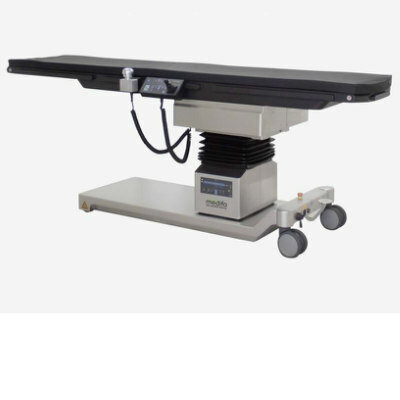First MRI/PET Scanner Combo Developed
By MedImaging staff writers
Posted on 31 Mar 2008
Two kinds of body imaging--positron emission tomography (PET) and magnetic resonance imaging (MRI)--have been combined for the first time in a single scanner.Posted on 31 Mar 2008
MRI scans provide exquisite structural detail but little functional data, while PET scans, which highlight a radioactive tracer in the body, can show body processes but not structures, according to Dr. Simon Cherry, professor and chair of biomedical engineering at the University of California (UC), Davis (USA). Dr. Cherry's lab constructed the scanner for studies with laboratory mice, for example, in cancer research. "We can correlate the structure of a tumor by MRI with the functional information from PET, and understand what's happening inside a tumor,” Dr. Cherry said.
Combining the two types of scan in a single machine is difficult because the two systems interfere with each other. MRI scanners rely on very strong and smooth magnetic fields that can easily be disturbed by metallic objects inside the scanner. At the same time, those magnetic fields can considerably affect the detectors and electronics needed for PET scanning. There is also a limited amount of space within the scanner in which to fit everything together, according to Dr. Cherry.
Scanners that combine computed tomography (CT) and PET scans are already available, but CT scans provide less structural detail than MRI scans, particularly of soft tissue, and give the patient a dose of X-ray radiation. The photomultiplier tubes used in conventional PET machines are very sensitive to magnetic fields. Therefore, the researchers utilized a new technology--the silicon avalanche-photodiode detector--in their machine. They were able to demonstrate that the scanner could acquire accurate PET and MRI images at the same time from test objects and mice.
The research was published online March 3, 2008, in the journal Proceedings of the [U.S.] National Academy of Sciences (PNAS).
Related Links:
University of California














